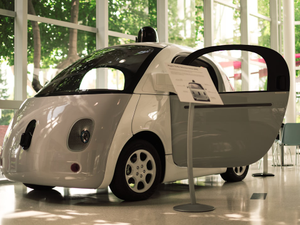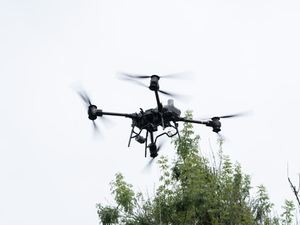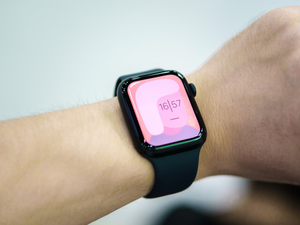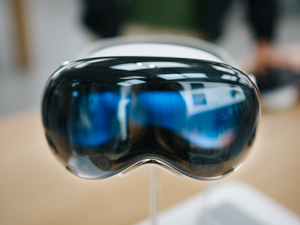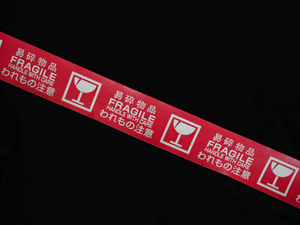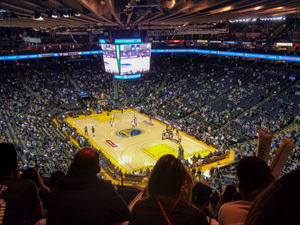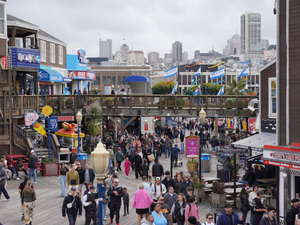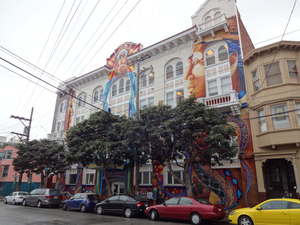Meta's Ray-Ban Smart Glasses: A Glimpse into Our Augmented Reality Future
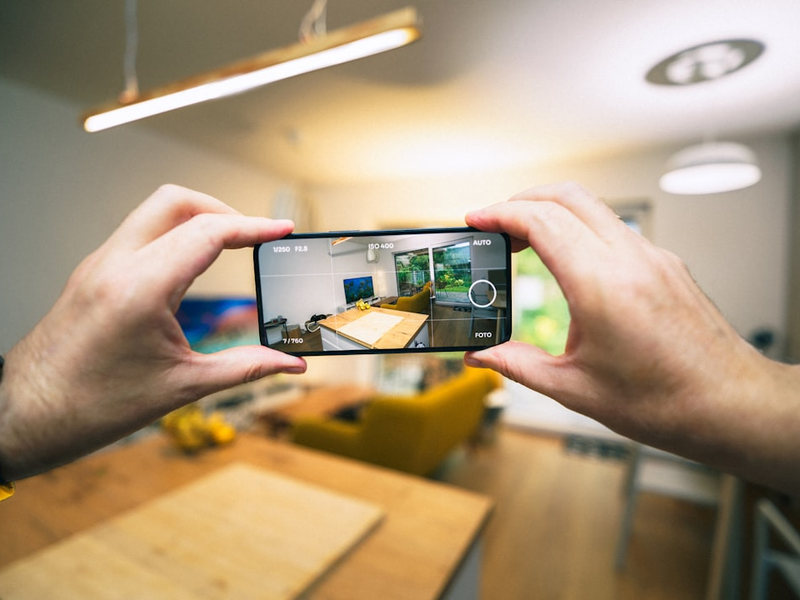
Photo by Jakub Żerdzicki on Unsplash
Tech enthusiasts and privacy advocates are buzzing about Meta’s latest wearable innovation: the Ray-Ban Display smart glasses. Priced at $799, these sleek devices promise to revolutionize how we interact with technology, blending digital information seamlessly into our daily lives.
The glasses feature a tiny display in the right lens, allowing users to view messages, navigate maps, and even get real-time captions during conversations. Paired with a Neural Band for gesture controls, the device represents a significant leap in wearable technology. However, the excitement comes with a hefty dose of skepticism.
Privacy concerns loom large, with incidents already emerging of potential misuse. Reports from the University of San Francisco highlighted potential inappropriate filming, while various scenarios have raised questions about consent and personal boundaries. Meta’s response has been tepid, offering only a basic etiquette guide that many fear will be easily ignored.
The technological capabilities are impressive. Live captioning can assist those with hearing difficulties, while navigation features offer hands-free direction guidance. However, the device isn’t without limitations. Battery life is short, prescription options are limited, and the display can be challenging to use in bright sunlight.
For accessibility advocates, these glasses represent more than a gadget, they’re a potential game-changer. Yet, the broader societal implications remain uncertain. As wearable technology advances, we’re confronting profound questions about privacy, attention, and human interaction.
While the Meta Ray-Ban Display is undoubtedly a technological marvel, it’s also a reminder that innovation isn’t just about what we can create, but how responsibly we implement it. The future of augmented reality is here, and we’re just beginning to understand its complex landscape.
AUTHOR: rjv
SOURCE: The Verge




